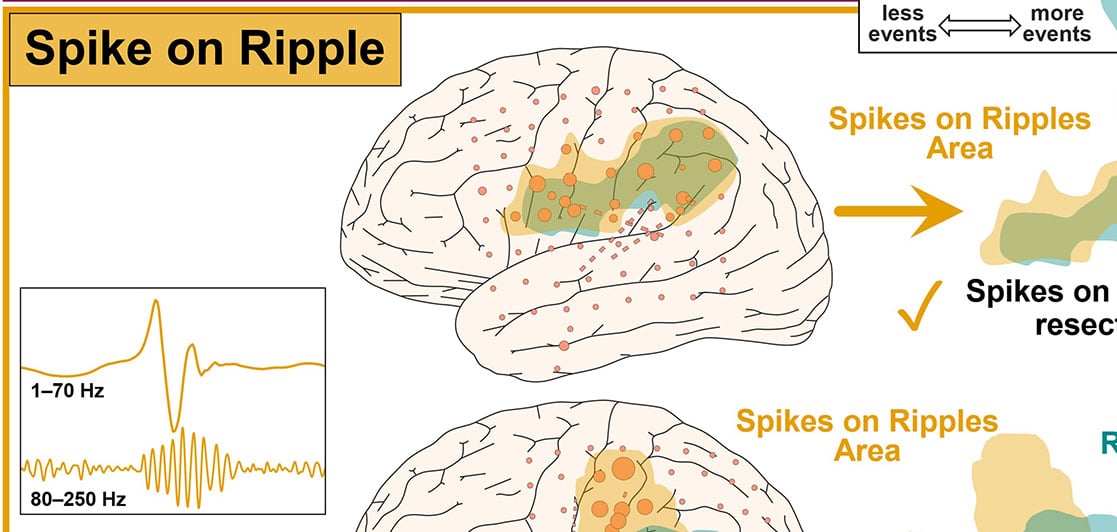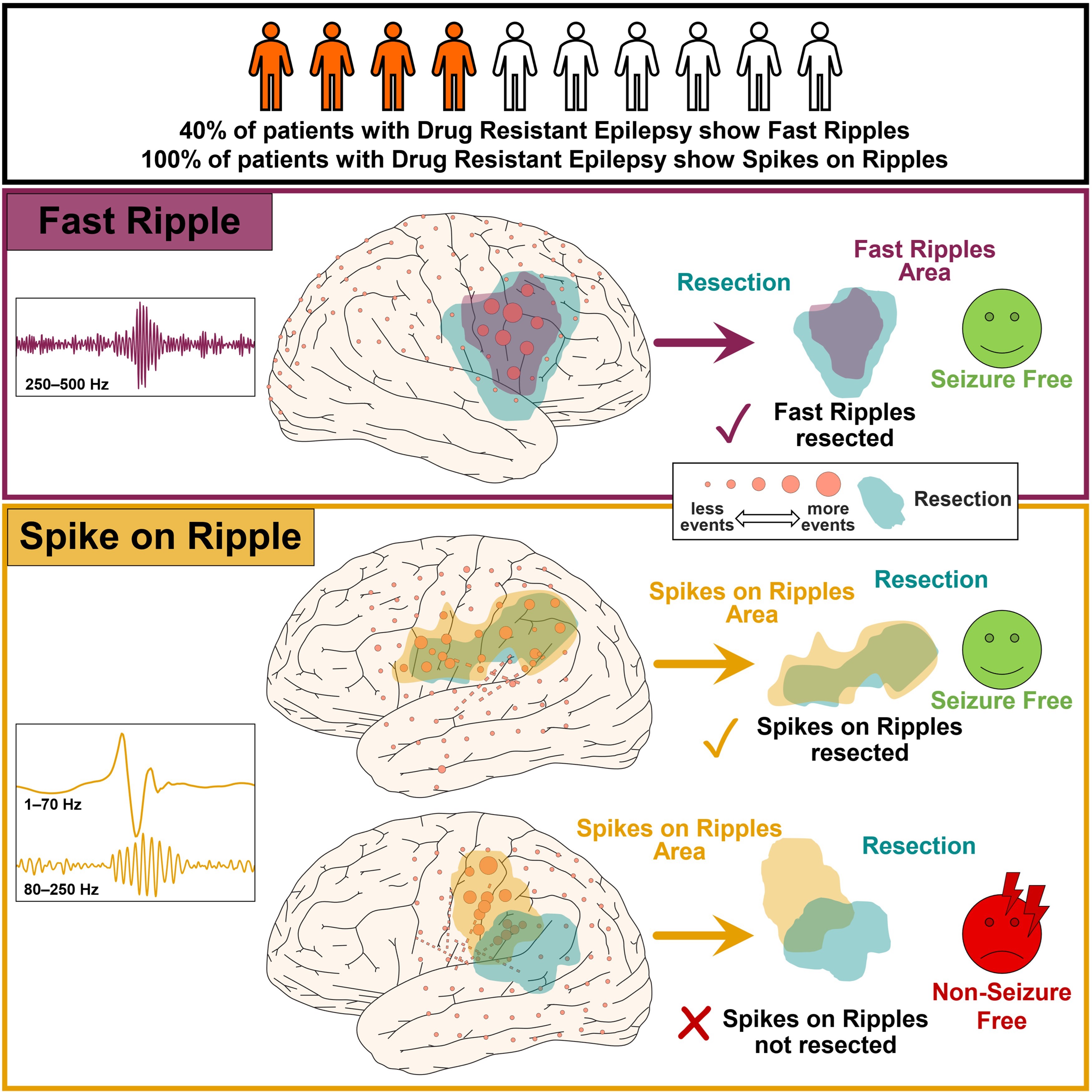
Novel biomarker helps presurgical evaluations in children with drug-resistant epilepsy
The Cook Children’s Neurosciences Research team recently published an article in the prestigious scientific journal, Brain Communications, titled “Spikes on ripples are better interictal biomarkers of epilepsy than spikes or ripples.”
Lorenzo Fabbri, a Ph.D. student at the University of Texas at Arlington, under the supervision of Christos Papadelis, Ph.D., Assistant Vice President of Cook Children’s Neurosciences Research Center, serves as the first author in this work.
Spikes are the most established biomarkers of epilepsy that occur between seizures. Yet, they suffer from low specificity since they’re partially concordant with the area that causes seizures, and are often found in areas that are non-epileptogenic. High-frequency oscillations, the fast oscillatory activity generated by the human brain, are considered more specific biomarkers of epilepsy compared to spikes. Based on their frequency, they’re classified as either ripples or fast ripples. Ripples occur in almost all patients with epilepsy but are believed to be less specific since they’re more frequently generated by physiological mechanisms. On the other hand, fast ripples are the most specific biomarkers of epilepsy but aren’t seen in all patients.
In this study, we examined the temporal relationship between spikes, ripples and fast ripples, and assessed the ability of these biomarkers (and their combinations) to delineate the brain area that causes seizures to predict surgical outcomes. We hypothesize that spikes on ripples (temporal co-occurrence of spikes and ripples) can identify the brain area that causes seizures and predict outcomes better than spikes or ripples.

In a large cohort of children with drug-resistant epilepsy, we showed that fast ripples are the best interictal biomarkers to predict surgical outcome, but they can be seen in only 43% of patients. Spikes on ripples are a good alternative with more universal applicability since they can be seen in all patients; performance is improved in patients with frequent spikes.
Overall, in the absence of fast ripples, spikes on ripple areas should be targeted during surgery. Our findings may help children with drug-resistant epilepsy undergoing surgery by improving their presurgical evaluation process and improve their surgical outcome.